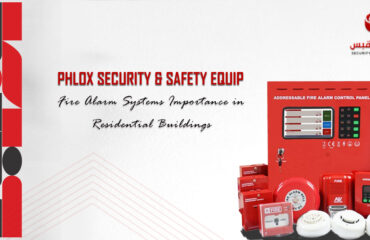
Ensuring Fire Safety in Commercial Spaces: Best Practices and Regulations
Fire safety in commercial spaces is paramount to protecting both employees and assets. Understanding and implementing best practices, along with adhering to regulations, are crucial steps for businesses to mitigate the risk of fire incidents. Let’s delve into some key considerations for maintaining optimal fire safety in commercial environments.
First and foremost, businesses must conduct thorough fire risk assessments regularly. These assessments identify potential fire hazards, evaluate existing fire safety measures, and determine necessary improvements. It’s essential to involve qualified professionals to ensure comprehensive evaluations and accurate recommendations.
Fire Safety: detection and alarm systems
Installing appropriate fire detection and alarm systems is a fundamental aspect of commercial fire safety. Modern fire alarm systems not only detect smoke and heat but also integrate advanced technologies such as wireless connectivity and intelligent sensors. Regular maintenance and testing of these systems are imperative to ensure they function effectively when needed.
Furthermore, implementing adequate fire suppression systems is critical for controlling and extinguishing fires swiftly. Depending on the nature of the business and its operations, options like sprinkler systems, fire extinguishers, and fire blankets may be necessary. Employers should provide proper training to employees on how to operate fire suppression equipment safely.
In addition to technical measures, establishing clear evacuation procedures is essential. Businesses should create and communicate evacuation plans that include designated escape routes, assembly points, and procedures for assisting individuals with disabilities. Regular drills and training sessions help ensure that employees are prepared to respond promptly and calmly in the event of a fire.
Compliance with fire safety regulations is non-negotiable for commercial entities. Regulations vary depending on location and industry, but common requirements include maintaining clear exits, keeping fire exits unobstructed, installing emergency lighting, and conducting fire drills. Businesses must stay informed about relevant regulations and work proactively to meet or exceed compliance standards.
Lastly, prioritizing fire safety in commercial spaces involves a multi-faceted approach that encompasses risk assessment, technology implementation, employee training, and regulatory compliance. By implementing best practices and adhering to regulations, businesses can create safer environments for their employees, customers, and assets, reducing the likelihood and impact of fire incidents.



